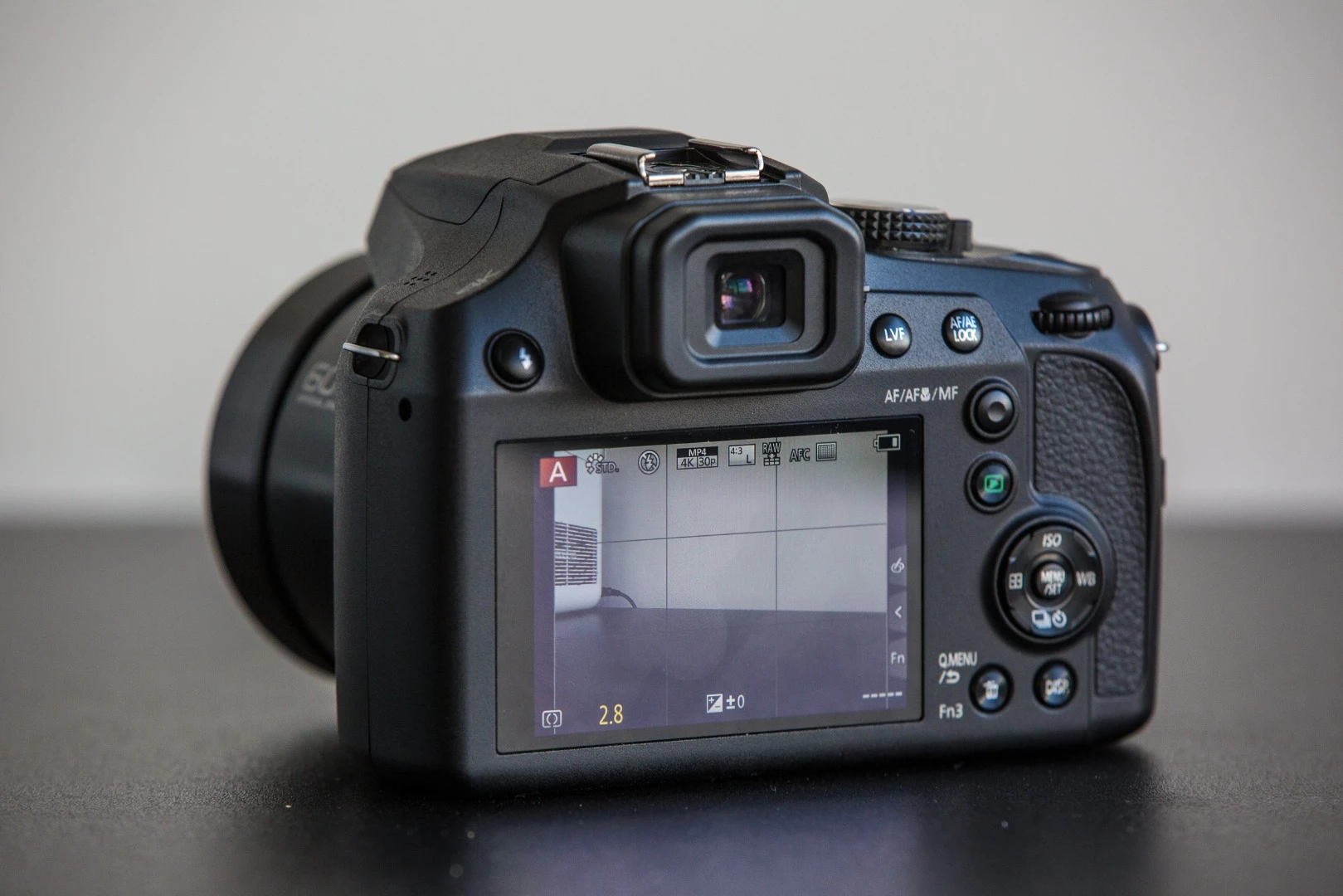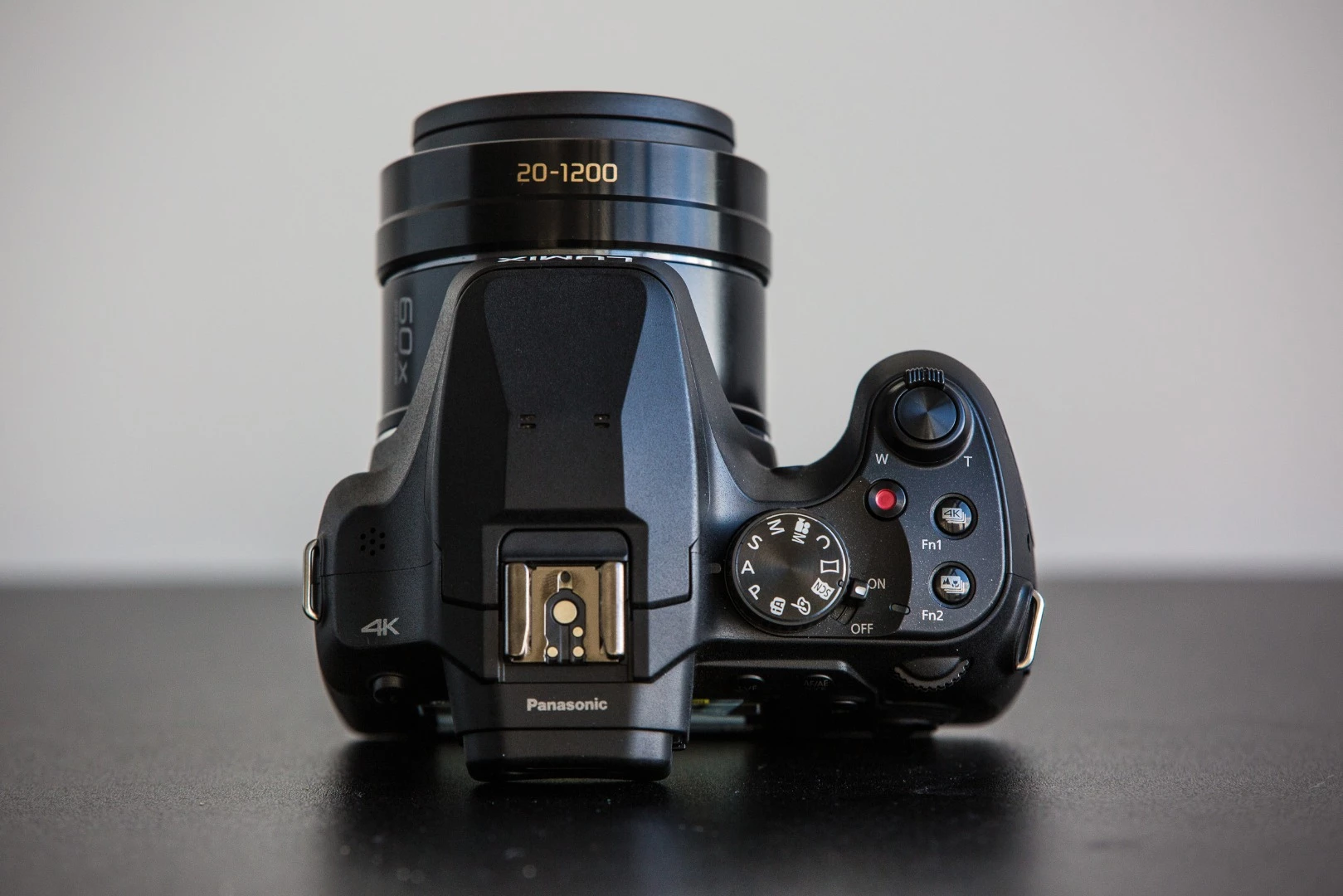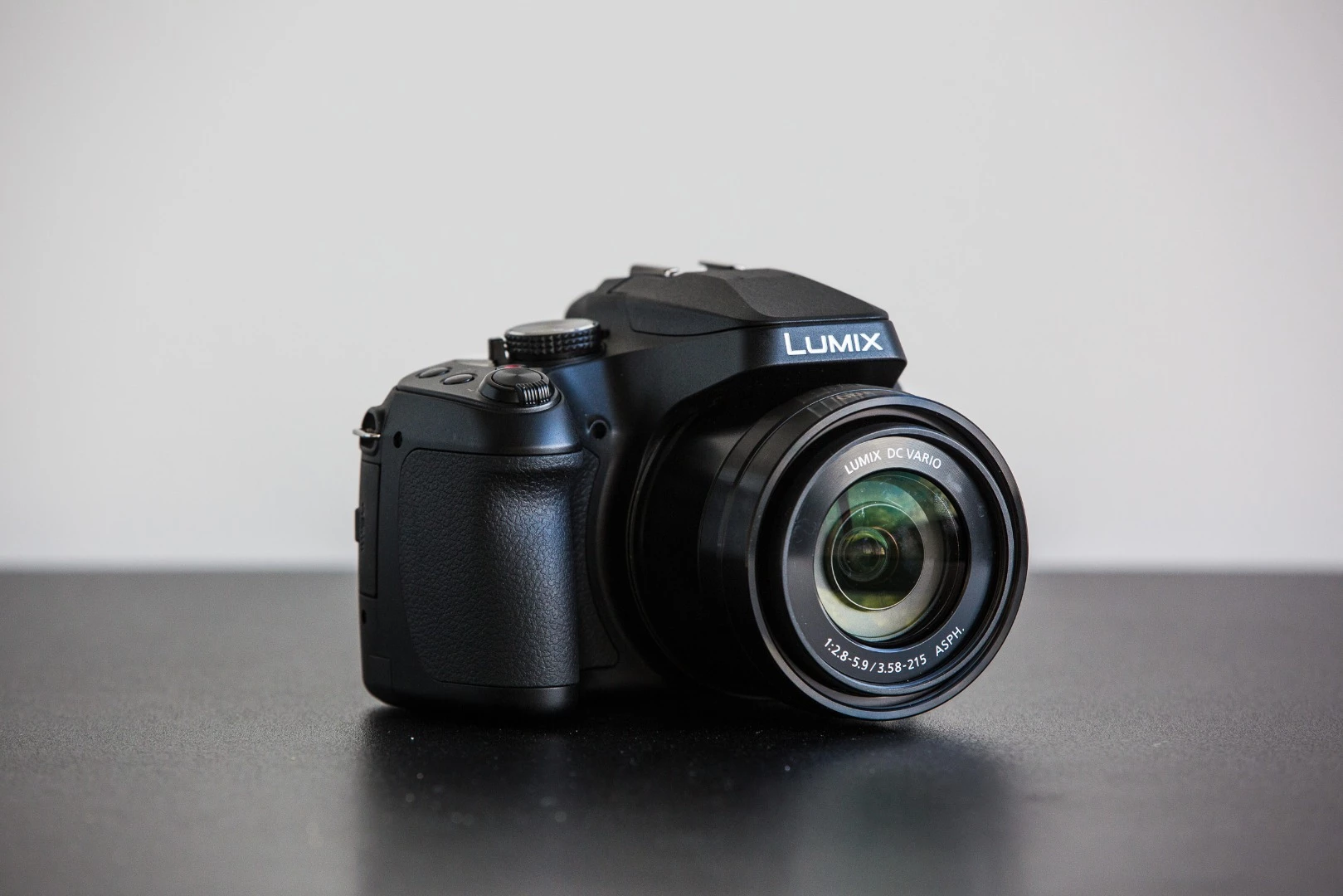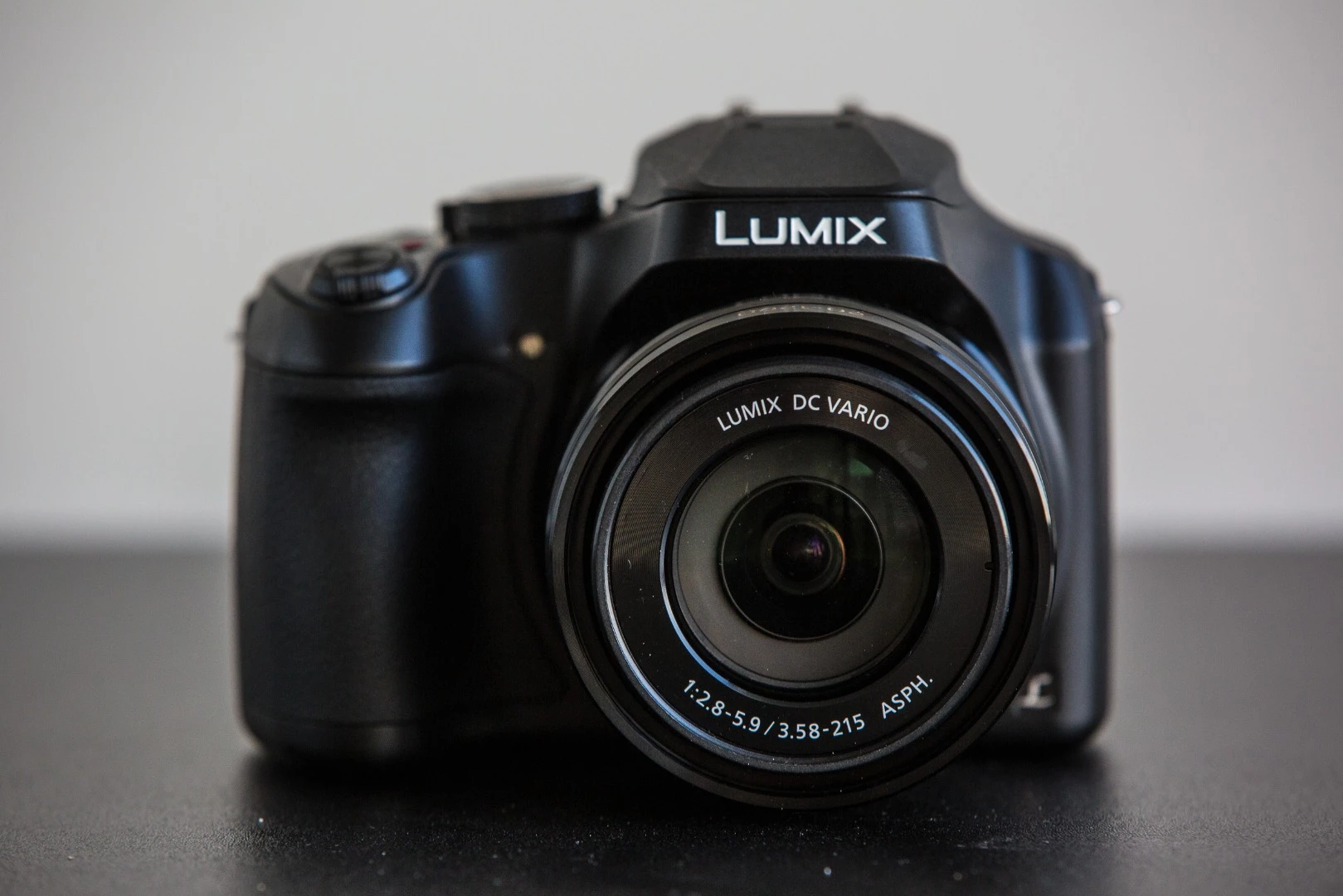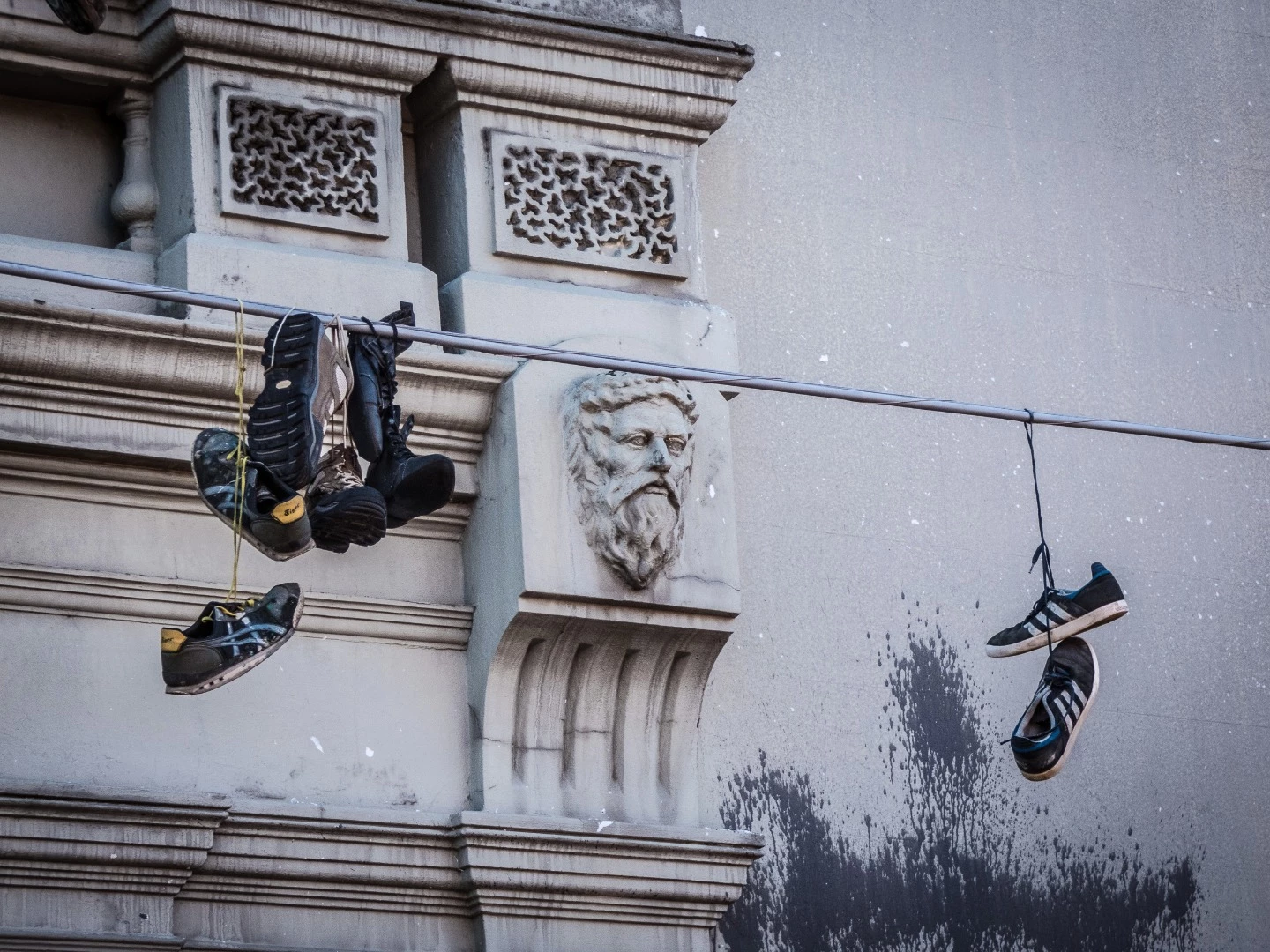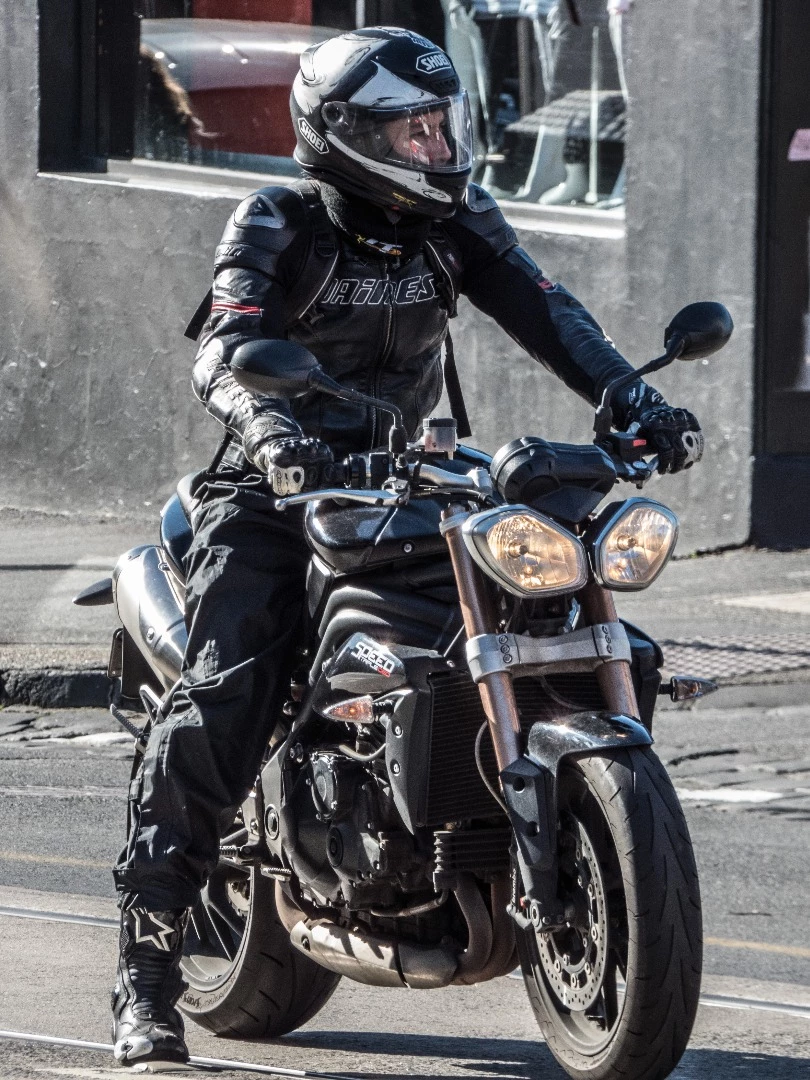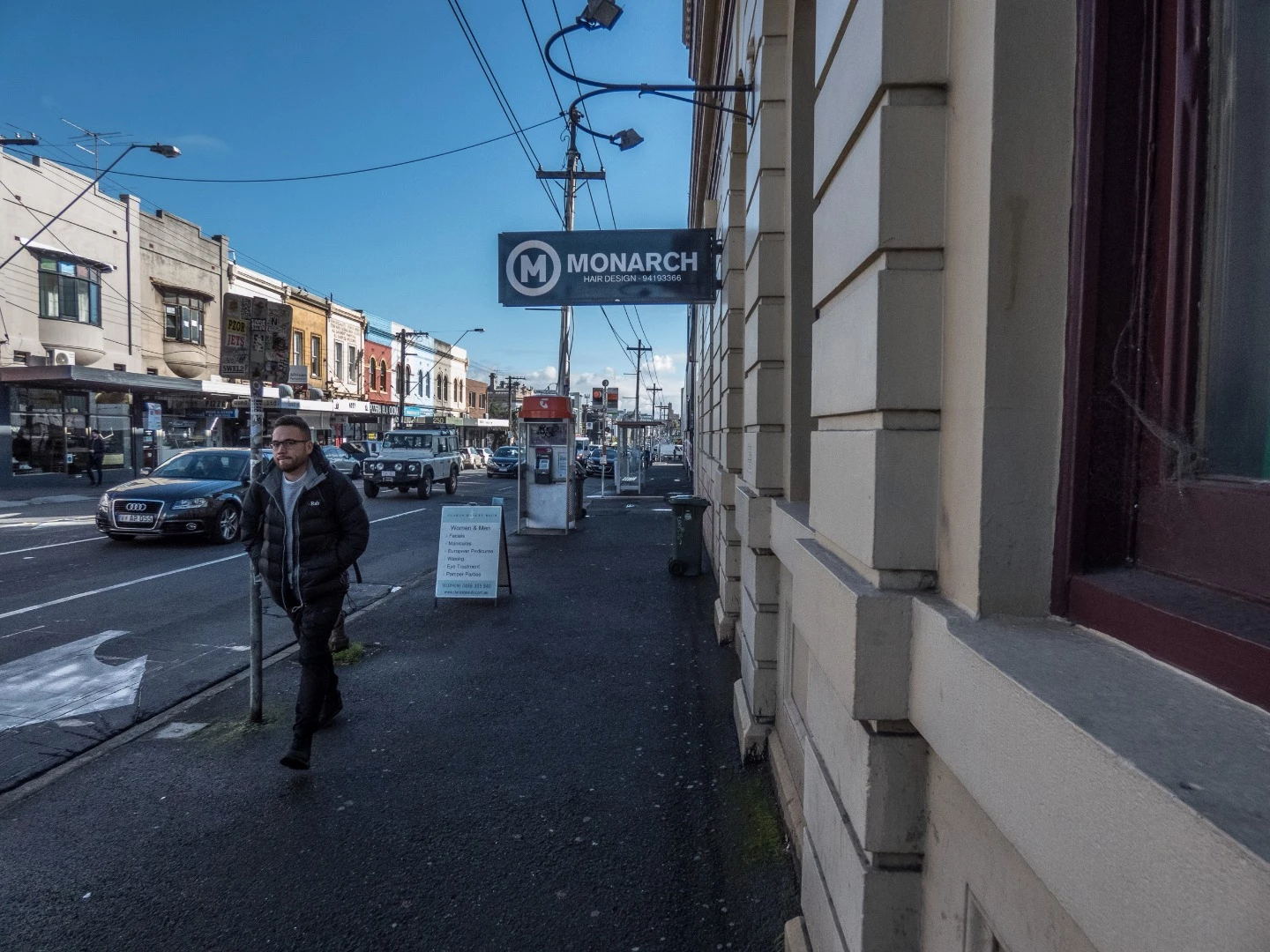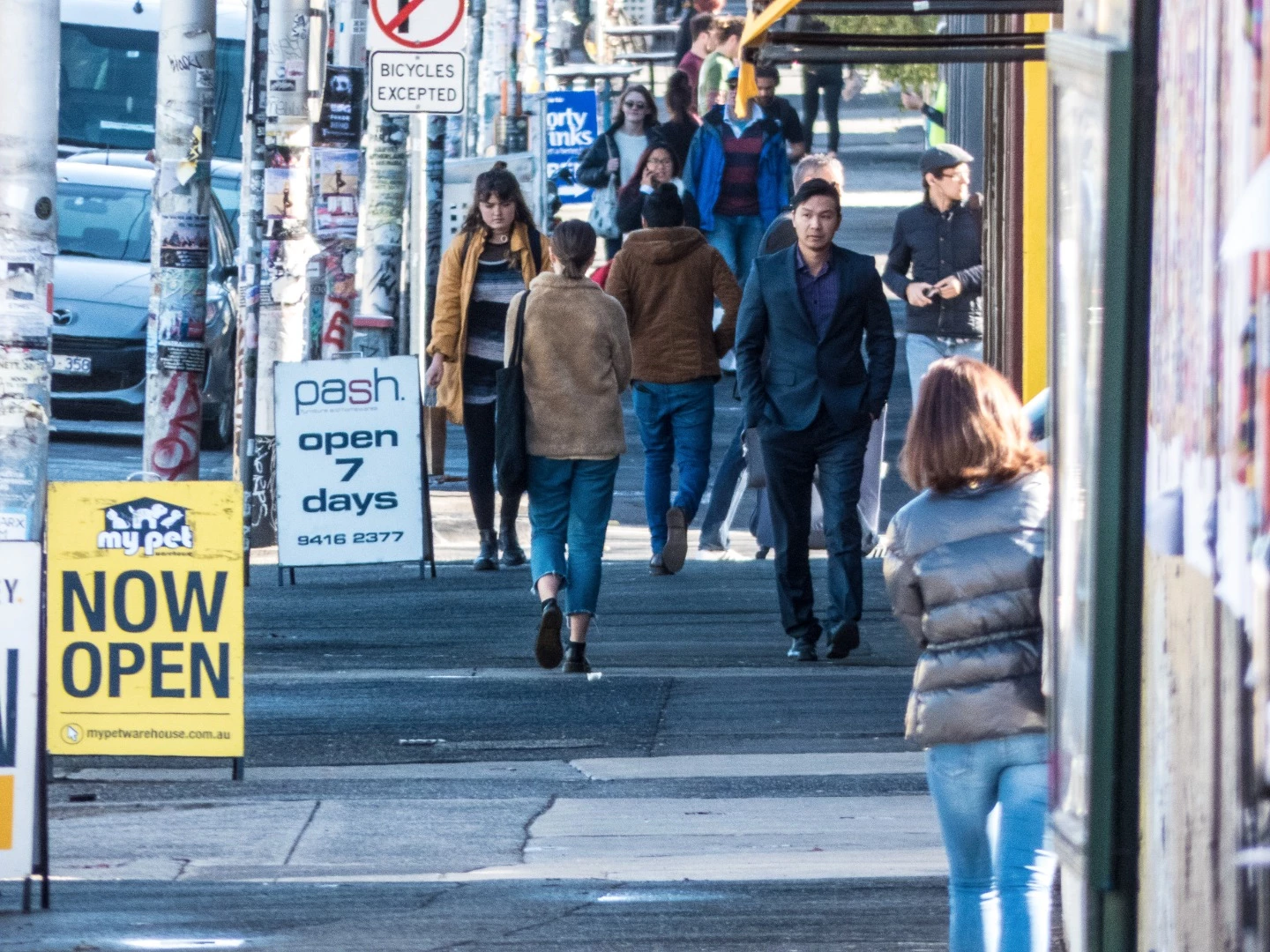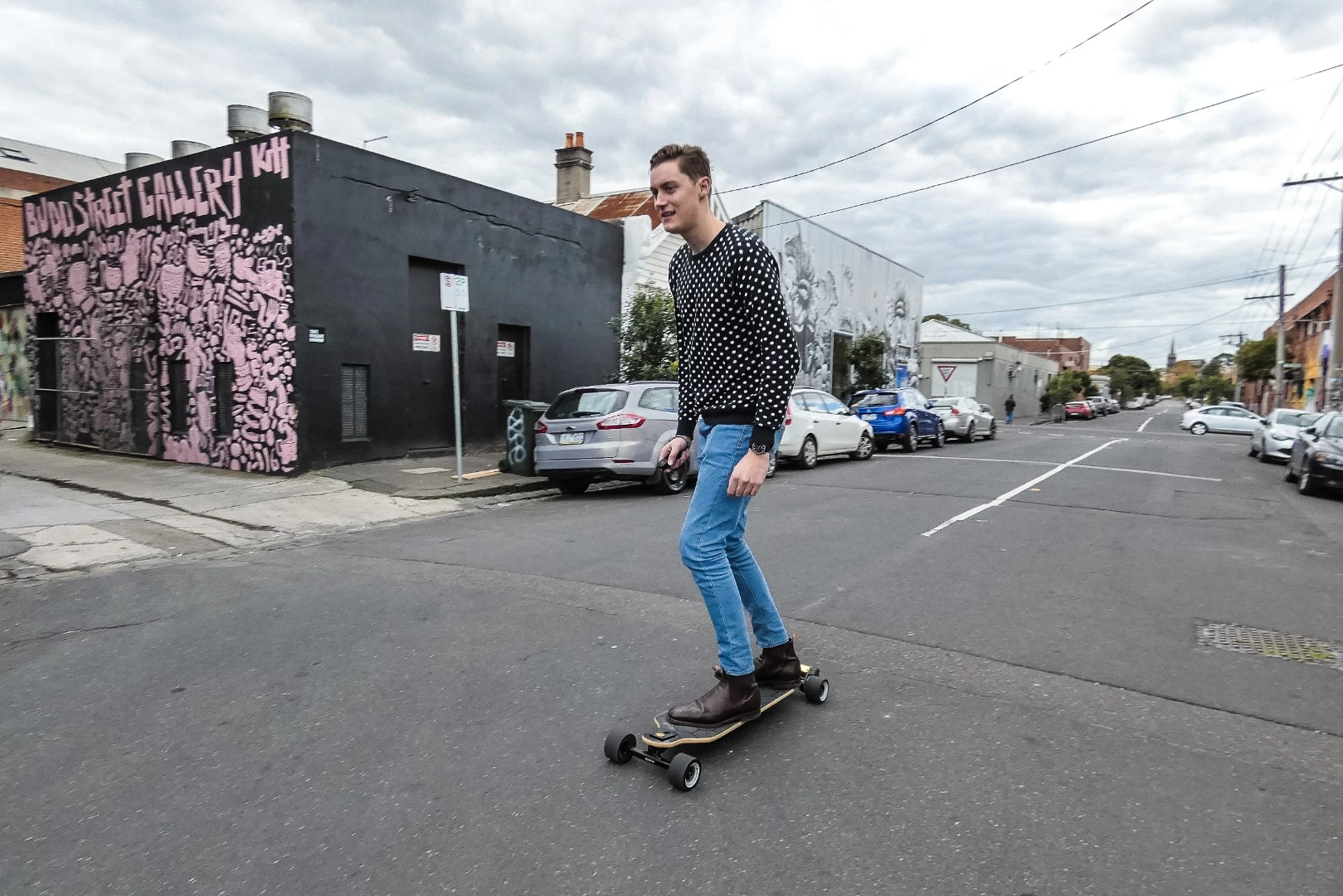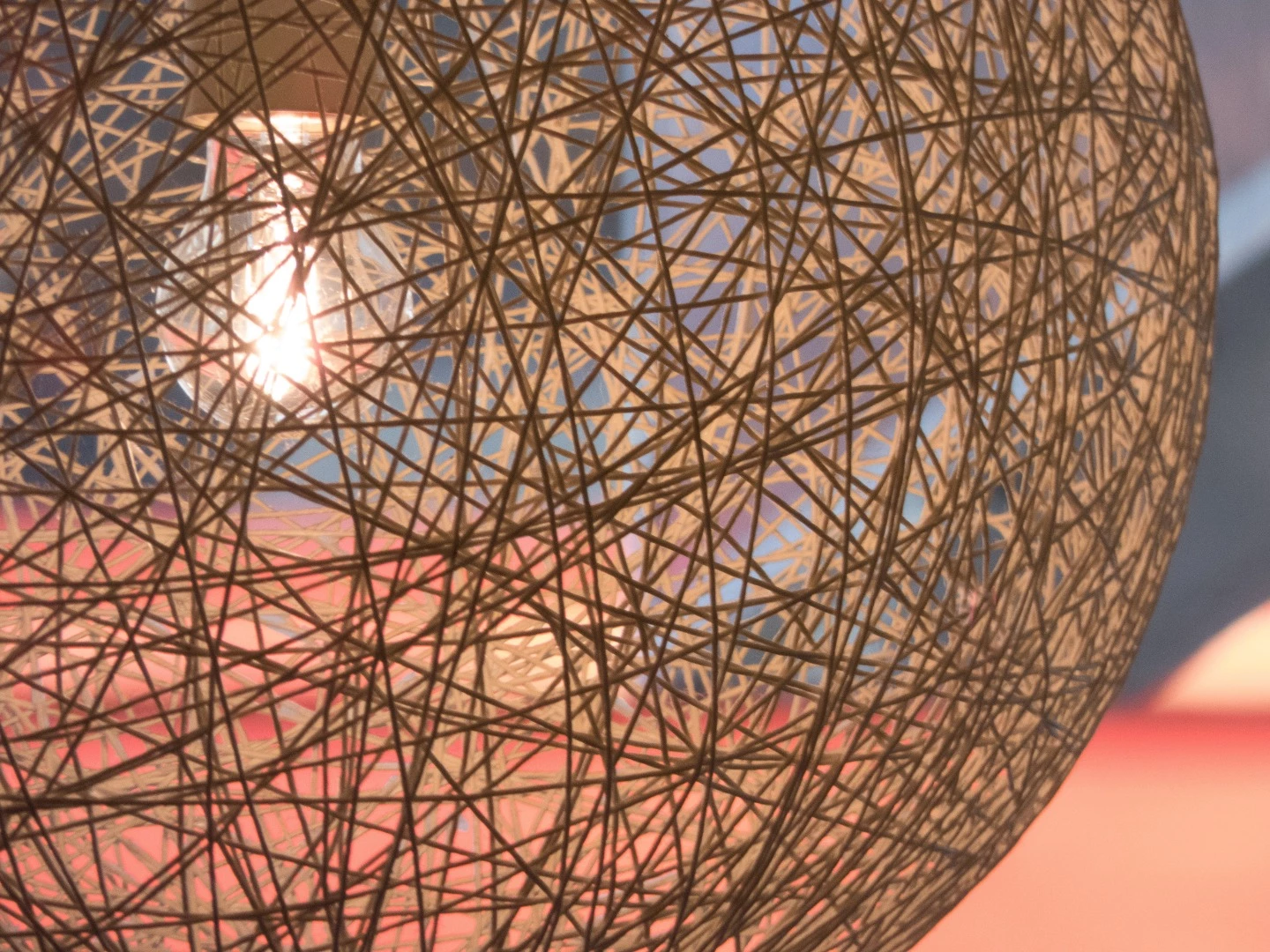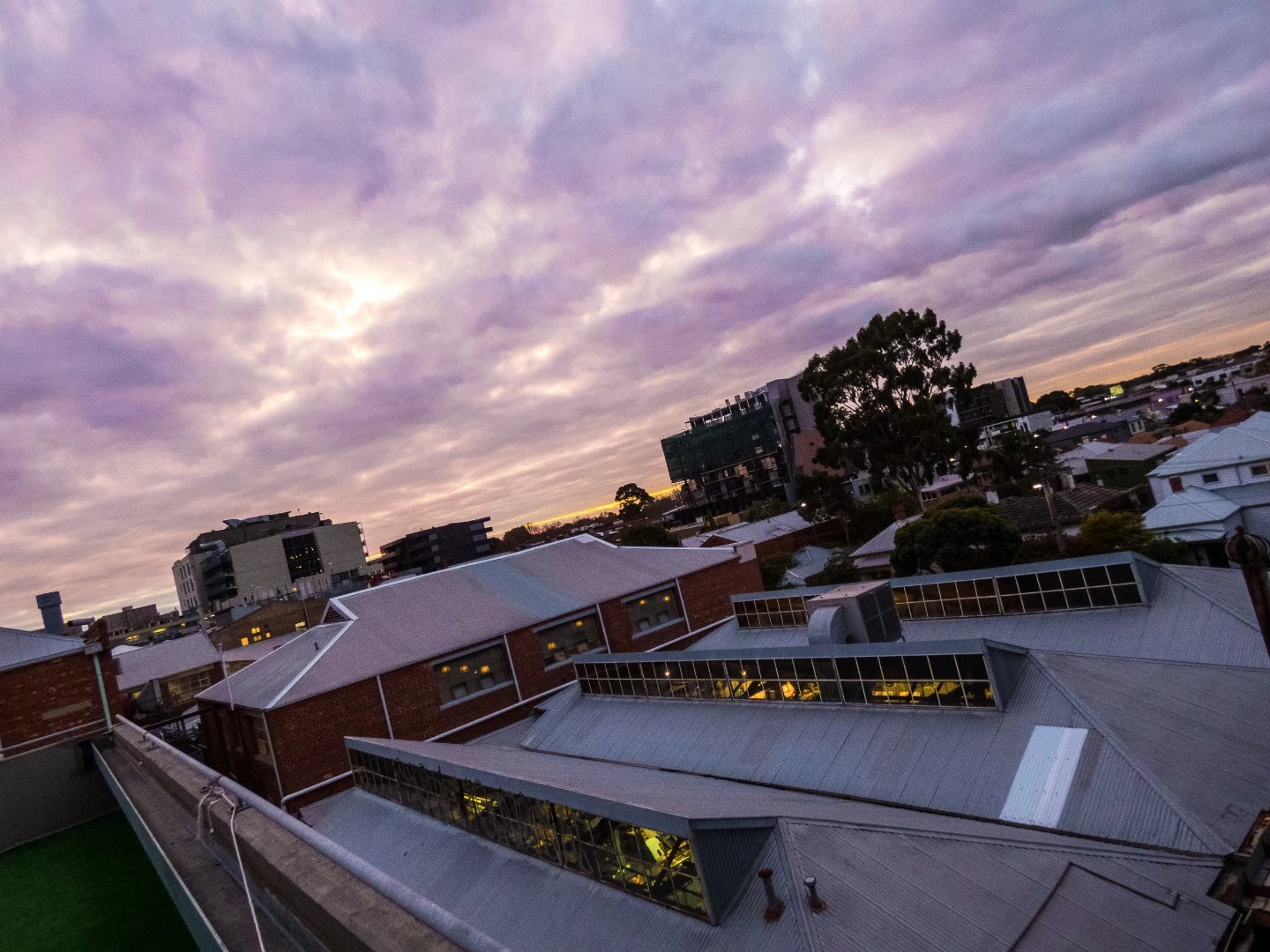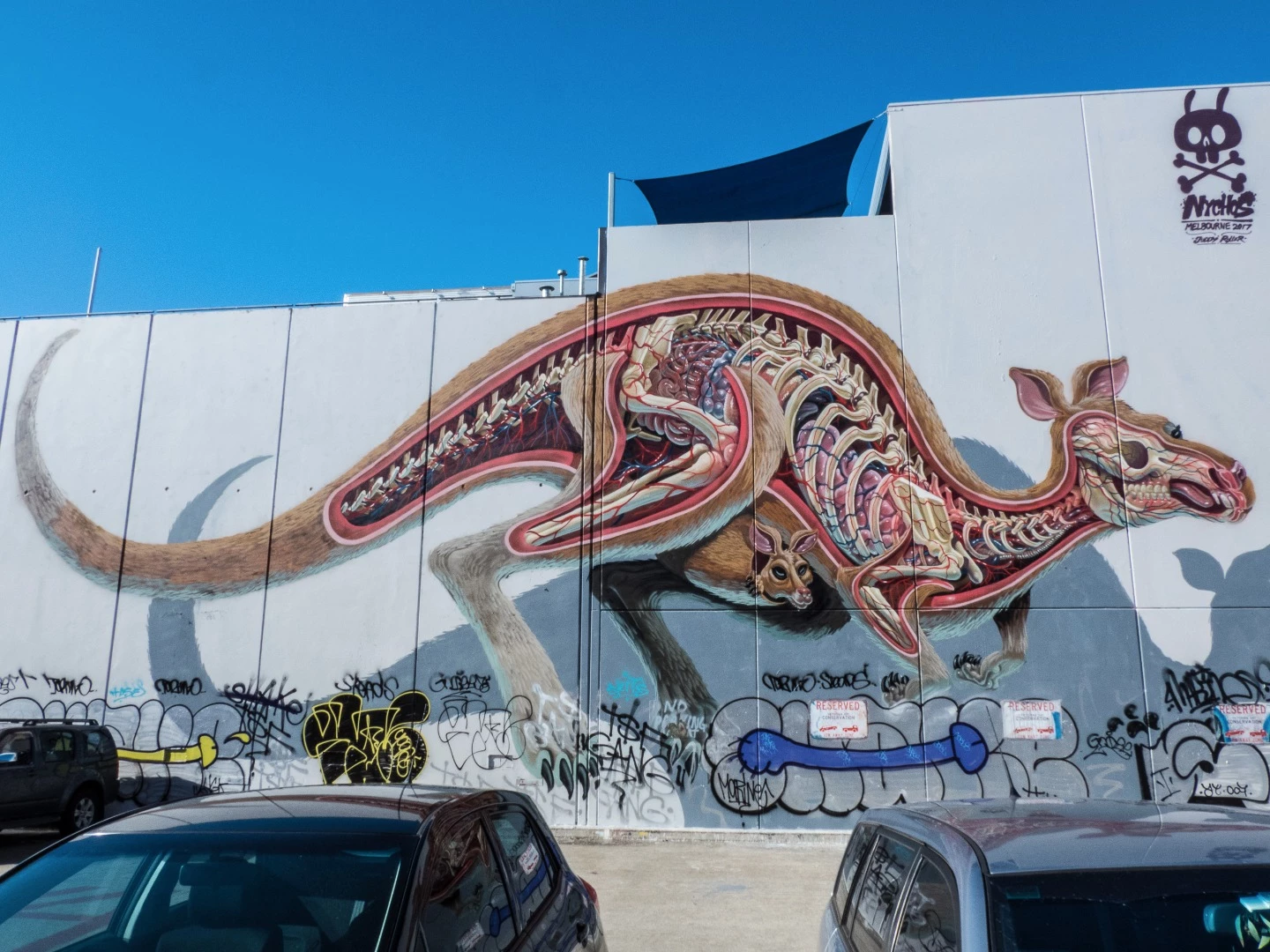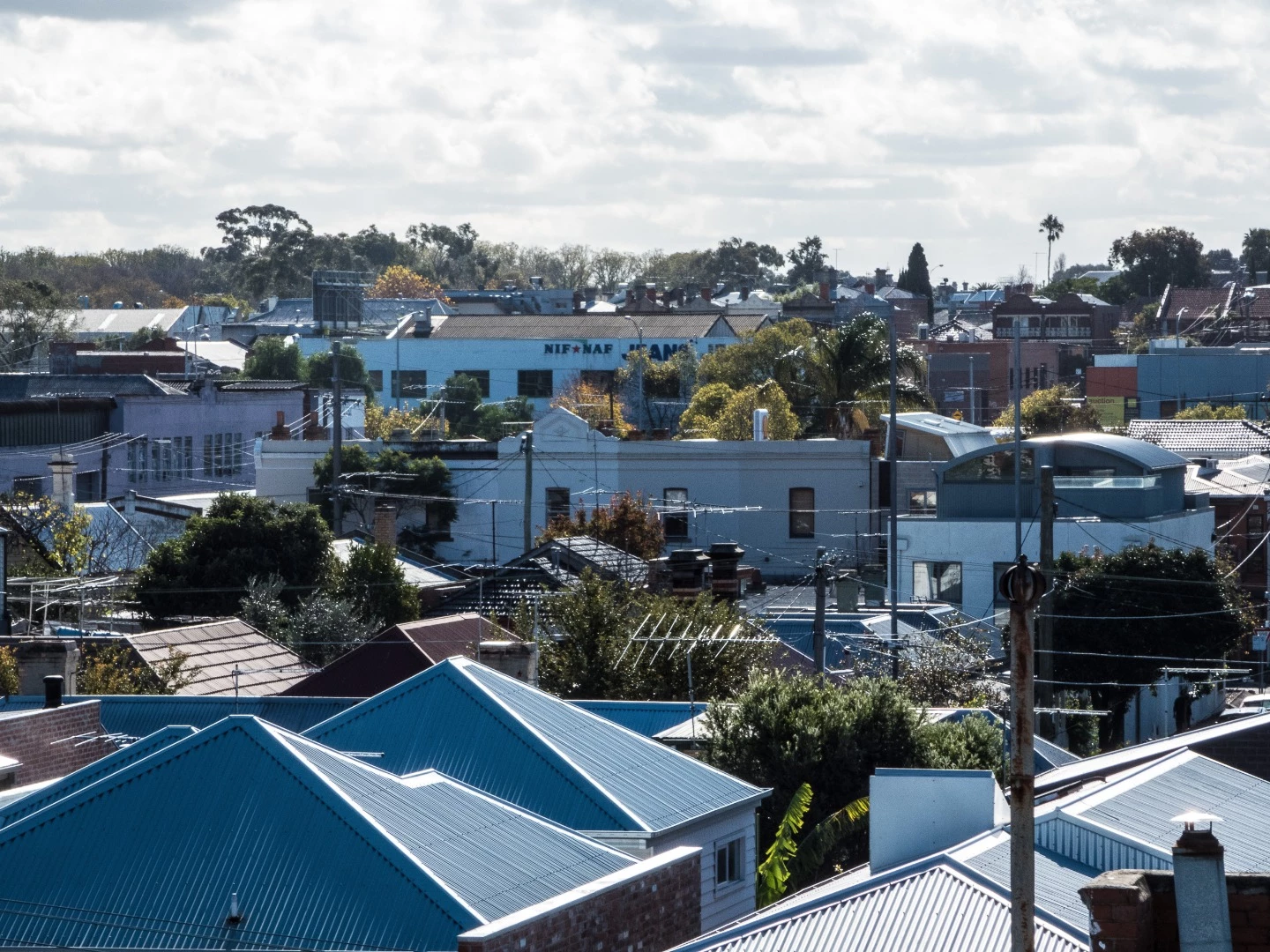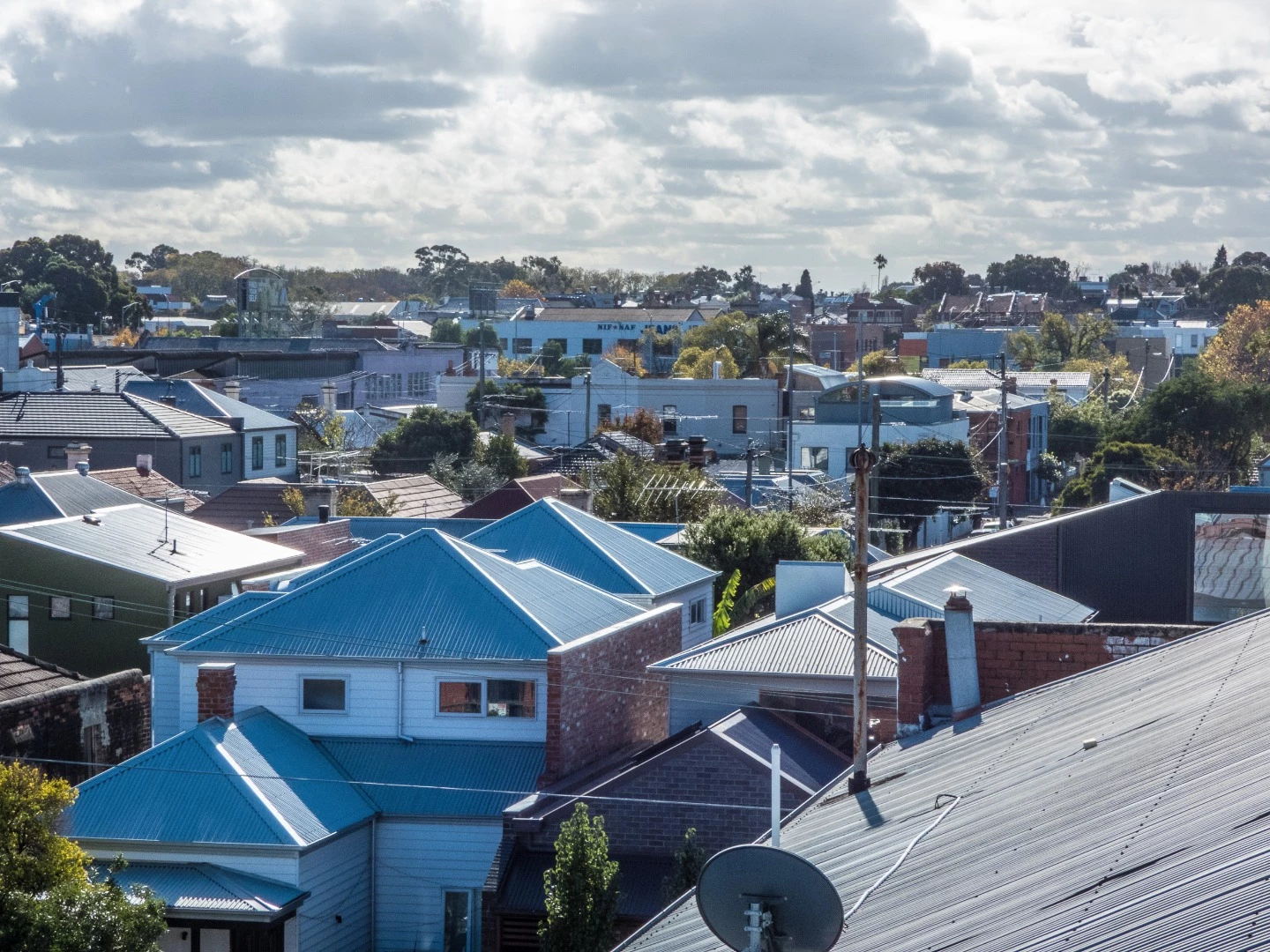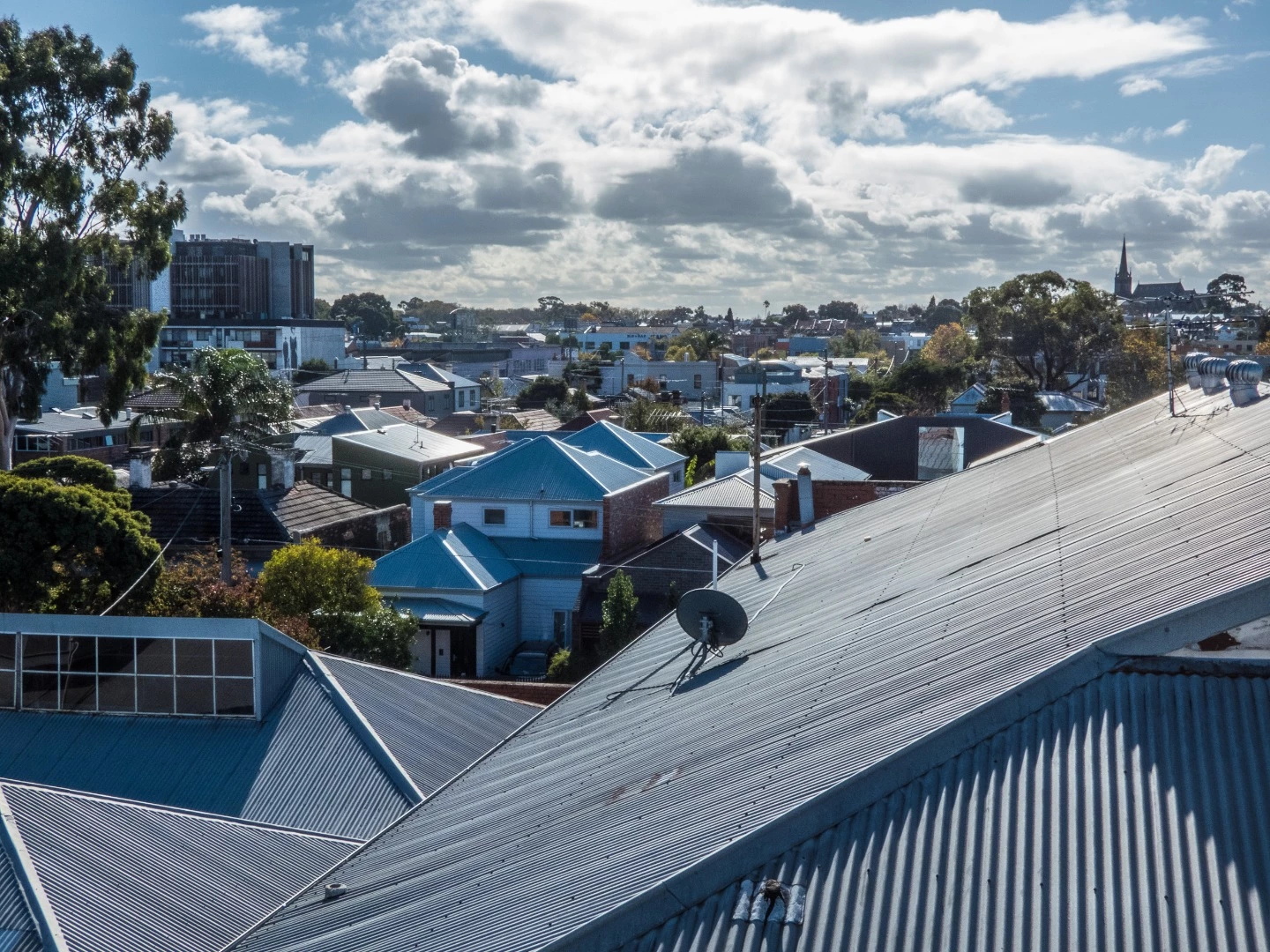One camera to rule them all, that's the dream. One rig that can handle any situation, without needing to carry a bunch of heavy, expensive lenses around. That's the idea behind Panasonic's DC-FZ80, as well as a bunch of other "superzoom" cameras that offer built-in lenses with a truly ludicrous zoom range.
In this case, you're getting a lens that goes from the equivalent of a 20mm ultra-wide (on a full frame camera) to a monstrous 1200mm super-telephoto. That sort of zoom range (60x) is borderline ridiculous.
You'll rarely want to go wider, and if you do, there's a built-in panoramic shooting mode that can suck in even more scenery. And at the long end… 1200mm is just about comical, it lets you clearly read street signs you can barely see with the naked eye. And if that's somehow not enough, you can go up to 4 times further in with digital zoom. Point it at the moon, and you can only fit a quarter of its cratery surface in the frame. It's outrageous.
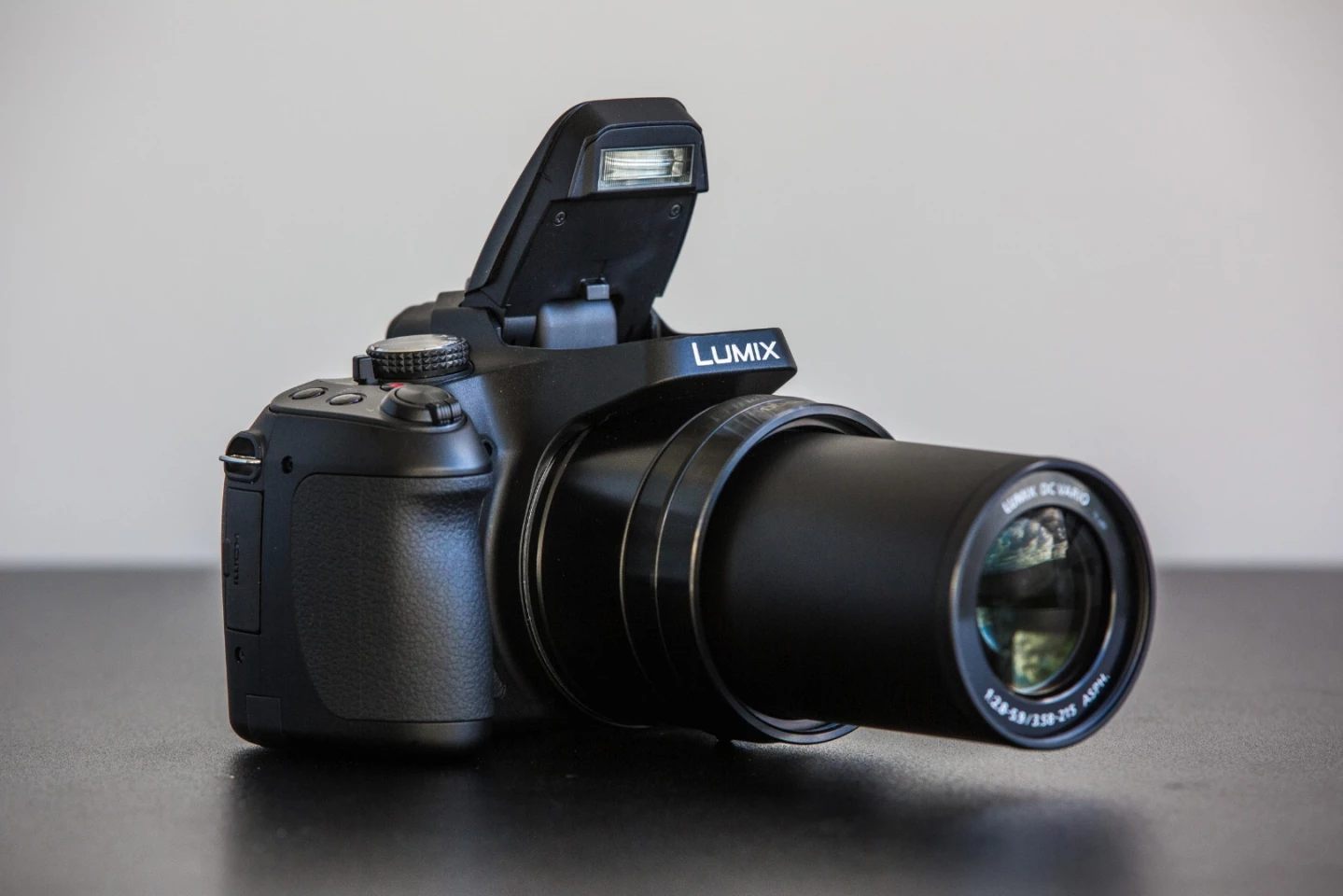
Even more impressive is the fact that you can go to such zoom levels while hand-holding the camera, and the built-in image stabilization is so damn good that you can keep a flying aircraft in frame… Well, most of the time. Playing with this thing is a ton of fun.
There are compromises to be made for this obscene zoom range. The FZ80 uses a miniscule 1/2.3-inch sensor – check this excellent breakdown if you want to know what sensor size means.
In the case of the FZ80, it manifests in fairly ordinary low-light performance, with a max ISO of 6400 and a slightly noisy image from ISO800 upwards. Also, despite a nice F2.8 aperture at the wide end of the lens, it's hard to get much bokeh out of the lens without having the subject inches away from the camera. So don't expect a lot of creamy blurred-background shots here.

But as a walk-around shooter, it does a great job. Given the crazy zoom range of the lens, it delivers a fairly sharp and clean picture. Yes, there's some barrel distortion at the wide end, and some chromatic aberration (color fringing) around super-high contrast edges like sunlight through trees, but these things are easily corrected in photo editing spftware if you're the post-processing type. And if you're not, you might not notice them at all.
Likewise, dynamic range isn't terrible, and if you shoot RAW at low ISO, you'll find you can pull a bit of extra detail out of the shadows and highlights before the image starts falling apart.

Video
The FZ80 records 4K video at up to 30 frames per second, and offers a bunch of other resolutions and frame rates – up to 100 or 120 frames per second, which should make for reasonably good slow-mo shooting. There's full time autofocus during video recording, but we haven't found it super reliable, especially recording at long zoom levels. In all, though, it's a decent performer as a handheld video recording tool, particularly given that hard-working image stabilization gear. Take this video, hand held and starting out at max zoom...
Tasty tidbits
This camera has a lot of fun features that entry level users will enjoy. Two dozen picture modes from "backlit softness" to "artistic nightscape" and "clear sports shot" change camera settings to help you get what you're looking for, and then pre-apply image styles for those who aren't interested in post processing.
4K burst mode shooting machine-guns out 30 images per second to catch fast-moving subjects at just the right moment, and the depth from defocus autofocus system stands up pretty well in stills shooting at moderate zoom levels.

The 3-inch rear touch screen has 1040k dots, and the electronic viewfinder has 1170k. Both are good, but could be better. We'd prefer a fold-out rear screen at the back, and there's three things we're not mad about with the EVF: it doesn't have an eye sensor, so you've got to hit a button to turn it on and off; it doesn't block the sun out fully, so it can be hard to use outside in harsh sunlight; and it gets a little grainy from time to time. Still, it does the job and doesn't get in the way too much.
We like the fact that this camera is charged using a simple micro-USB cable. There's always one of those around, so you can go away on holiday with a bit of extra room in your bag.
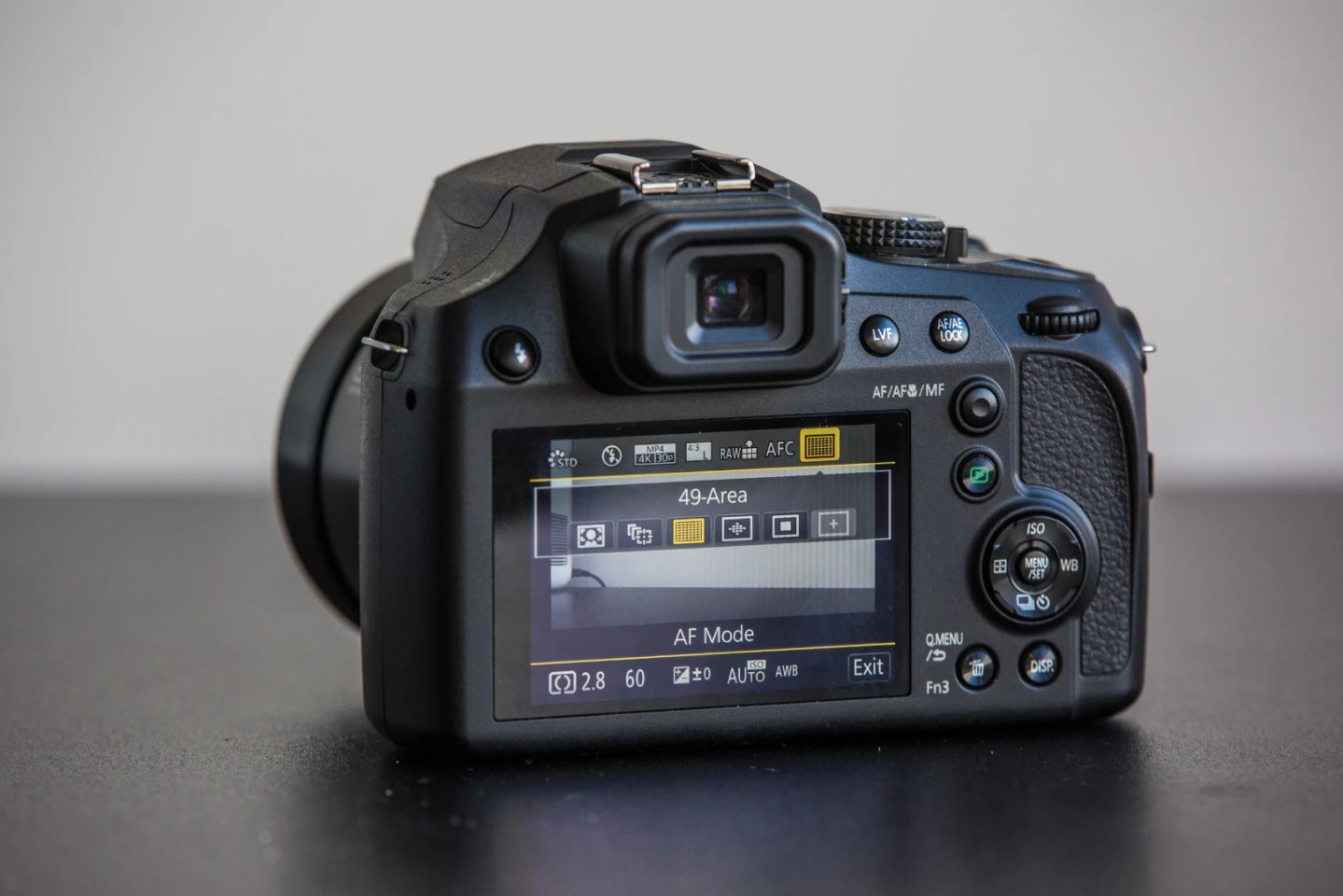
Build quality… Well, it's lighter than it looks like it should be for its size, at just 1.3 lb (590 g). In one sense that's great. It won't get heavy on a shoulder strap over the course of a long day. In another sense, it does make it feel a touch plastic and lens-heavy.
This is a US$400 camera ($599 in Australia), so you're not comparing it to pro-level gear. The key metric with a camera like this is: does it do enough things that a phone camera can't do so that we'd bother to bring it with us?
In the FZ-80's case, yes it does. That extraordinary zoom lens opens up fascinating and fun new perspectives on the world, and lets you shoot street situations in a close and intimate way without your subjects ever knowing you're there. But this thing is good enough at medium and wide zoom angles to be more than a one-trick pony.

It won't compete with a DSLR, or heck even a micro four thirds, on outright image quality. But then, when you can zoom to the moon and back all night long without having to reach into a lens bag, maybe you'll be having too much fun to care. And if you're a private investigator taking long-distance snoop shots of unfaithful husbands, it's a no-brainer.
Product page: Panasonic (Australia)


